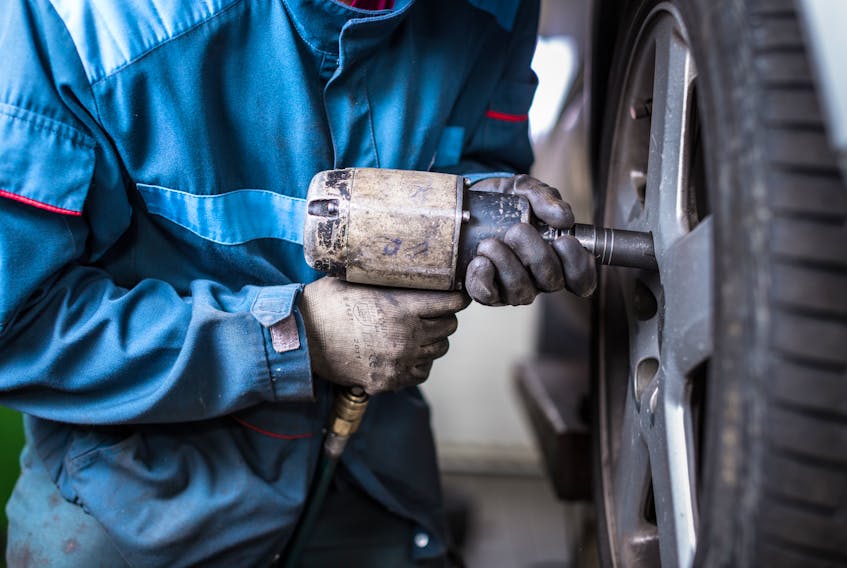How would you like to ride on foam?
It’s not as crazy as it sounds. Foam filled tires have been used by elite motocross and bicycle riders for several years. A round tube of semi-rigid foam is mounted inside the tire and if a flat occurs, they can continue to ride because the foam supports the tire tread and keeps the tire in place. This can be a huge advantage in a race, where stopping to fix a flat can make the difference between first and last place.
There are also disadvantages to placing foam in these tires. First, it adds cost and weight. The foam rings are expensive, with one for a mountain bike typically costing over $100, but there is more than just the cost of the foam. A special lubricant is often used inside the tire so the foam will slip easily as the tire flexes.
This tire flex, even with the lubricant causes the foam to wear so it needs to be replaced much more often than the tire itself. Also, the internal friction adds heat to the tire so the tread wears out faster. The benefits outweigh the disadvantages however for serious riders.
In a similar manner, foam has been used in some slow speed industrial tires where the equipment had to operate in environments that would cause a lot of punctures. Solid rubber tires would work but don’t have the traction or ride qualities of pneumatic tires. Again, the benefits outweigh the disadvantages.
Now foam is becoming available in passenger car tires but for an entirely different reason. It’s to help keep the vehicle’s interior quiet.
Several tire manufacturers are offering tires with foam inside them and each has a special name for their tire that they emboss into the tire sidewall. Bridgestone calls theirs B-Silent. Continental calls theirs ContiSilent. Dunlop’s name is Noise Shield Technology while Goodyear embosses a musical note on the tire sidewall for their SoundComfort Technology.
Hankook tires use the Sound Absorber name while Michelin embosses Acoustic on the tire. Finally Pirelli has PNCS (Pirelli Noise Cancelling System) on the tire sidewall. As you can see, most tire manufacturers are offering these special tires but regardless of the name, they are all similar in technology to reduce noise.
Think of your vehicle’s tires being like a bass drum. Every time the tire hits a small object or tar strip in the road it creates a sound wave inside the hollow tire. This noise can be transmitted to the vehicle’s interior. Tires with a low profile sidewall transmit even more noise due to the stiffer sidewalls. To dampen this noise, a polyurethane foam layer is attached to the inside of the tire in the tread area using a special adhesive. Each manufacturer has their ideal size, style and placement of the foam to meet their noise reduction goals.
These foam-lined tires were initially designed for luxury vehicles and come standard on a few models, but with the increasing volume of electric cars on the road and their almost silent operation, the quieter ride offered by these tires is even more apparent. Continental states their ContiSilent tires reduce tire noise by nine decibels and Pirelli PHCS tires are claimed to reduce noise by 25 per cent, which is a huge amount.
As for the actual rubber part of the tire, it is the same as conventional tires, with the foam layer being the only addition. Therefore, the tires can be mounted and balanced just like regular tires. If the tire is punctured, it can be repaired similar to conventional tires using a tire plug from the outside or a patch on the inside. To install a patch, the foam in the puncture area is ground away till the tire inner liner is showing and then it can be patched just like other tires.
Tire manufacturers recommend install all four tires with the sound damping foam liners to achieve maximum noise reduction but because the tire itself is the same as conventional tires, they can be mixed with conventional tires.
So the next time you are at the tire shop and notice a tire with foam on the inside, you will know it is a noise reducing tire design. Maybe someday, all tires will be built this way.









